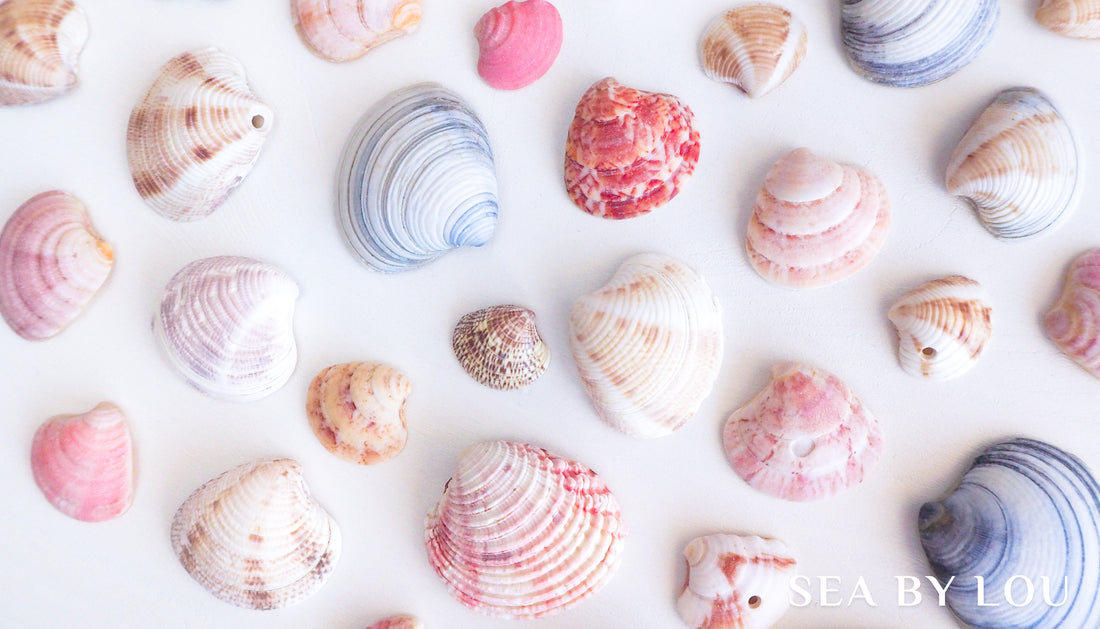
Banded Venus shell || Clausinella fasciata
Share
- Size: between 0.7 and 4 cm
- Color: Red, purple, pink, yellow or brown
- Family: Veneridae
- Fun fact: Some shells have unique, intricate patterns and extremely vibrant colors
Banded Venus shell (Clausinella fasciata) is a bivalve species discovered in 1778 by naturalist Da Costa. With their unique patterns and intriguing characteristics, Banded Venus shells have a lot to offer to those with a keen eye for shells.


Illustration: G.B. Sowerby
Geography
Banded Venus shells are commonly found in the coastal waters of the northeastern Atlantic Ocean, particularly in the Mediterranean Sea and along the western coasts of Europe from Portugal to Norway. They inhabit sandy or muddy substrates in the intertidal zone and shallow coastal waters, typically at depths ranging from a few meters to around 50 meters.
Generally Banded Venus shells can be found from the northern to the southern region of the coast line of Portugal. Interestingly, in my experience it has been noticed that Banded Venus shells found on certain beaches in Portugal have more vibrant colors or patterns compared to those found on other beaches.

Appearance
Banded Venus shells are a true marvel of nature. The shells typically have a solid and oval-shaped shell. The shells are thick and robust, and they are usually around 1 to 3 centimeters. The shells are characterized by prominent ridges or growth lines that create a striped or ribbed pattern on the surface of the shell.
The coloration of the shells can vary from red, purple, pink, yellow or brown. The shell can have colorful stripes and bands which makes them a visual feast for the eyes. Some shells may exhibit vibrant hues or subtle variations, adding to their visual appeal. The interior of the Banded Venus shell is white.
Banded Venus shells (Clausinella fasciata) are similar to the Striped Venus shells (Chamelea gallina) but the Striped Venus shell has finer concentric ridges on the shell.

Marine ecosystems
Like other bivalve mollusks, Banded Venus shells play a role in maintaining water quality by filtering organic matter from the water column. That makes them important for the marine ecosystems of Portugal.
Collecting these vibrant Venus shells can be a rewarding experience for many shell lovers, locals and tourists. Whether it's for personal enjoyment or to add to a shell collection, the charm of these shells is irresistible.
However, it's crucial to always respect local regulations and sustainable harvesting practices to protect the species and maintain healthy populations. By doing so, we can ensure that future generations of shell lovers can continue to admire and appreciate these remarkable shells.
Interested in getting a wall frame or seashell jewelry with one of these beauties? Go check out the shop and get yours today.
<<<>>>

